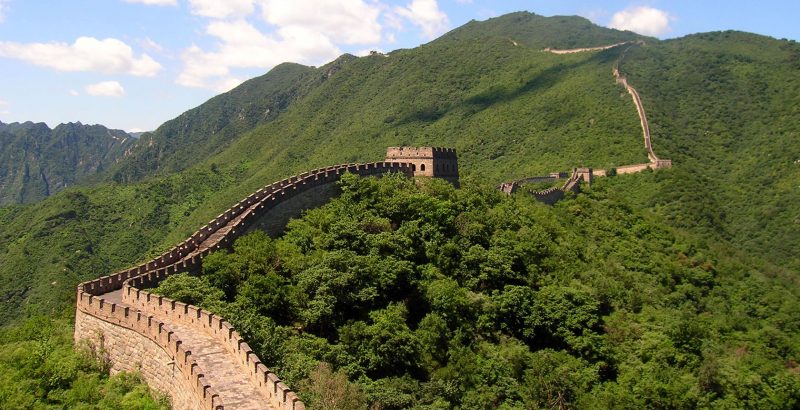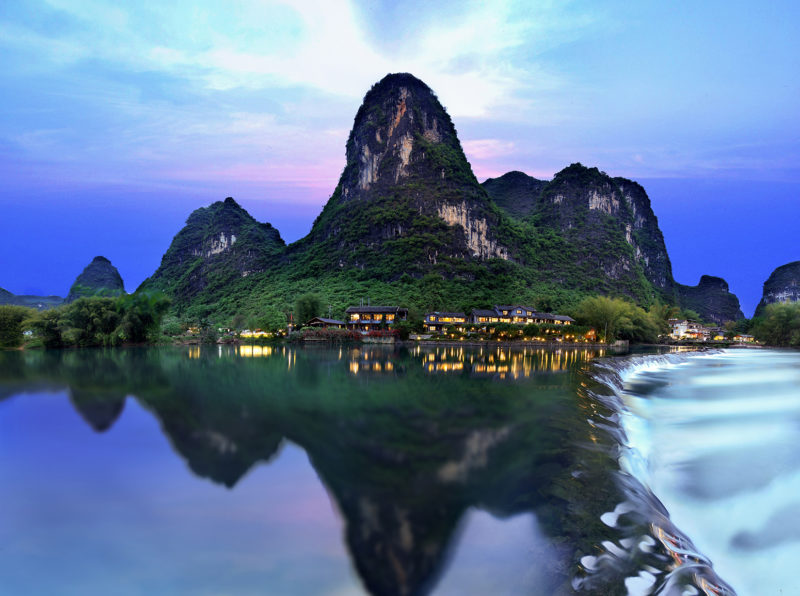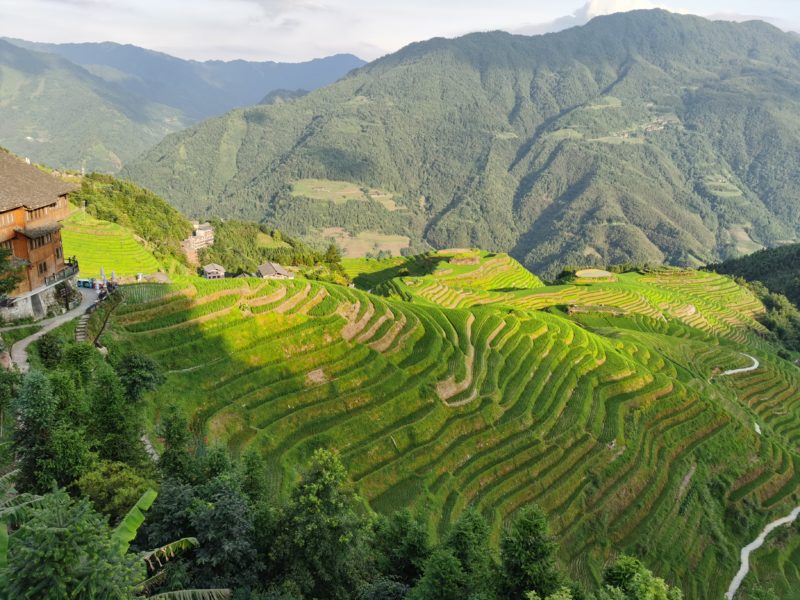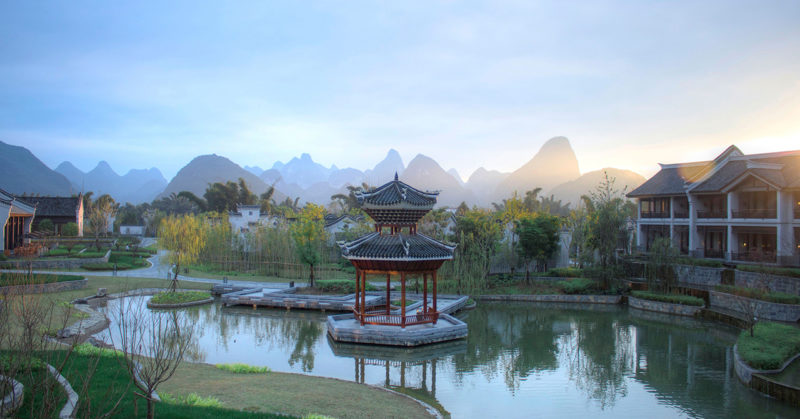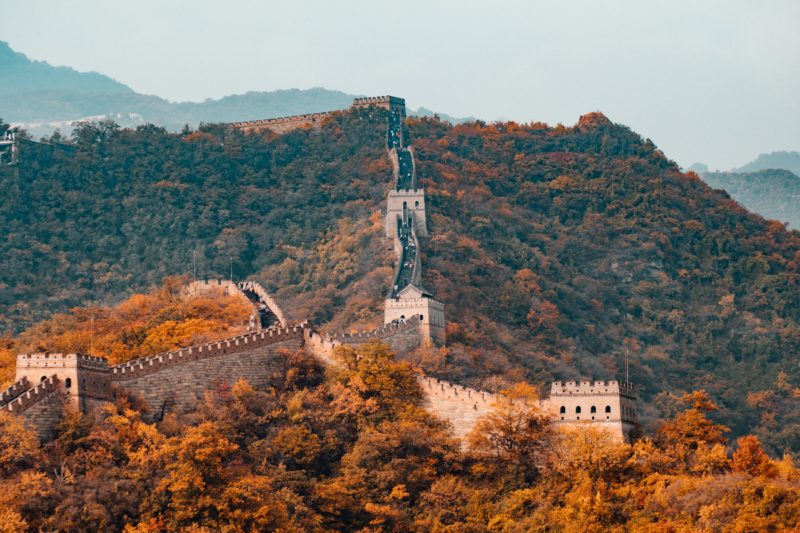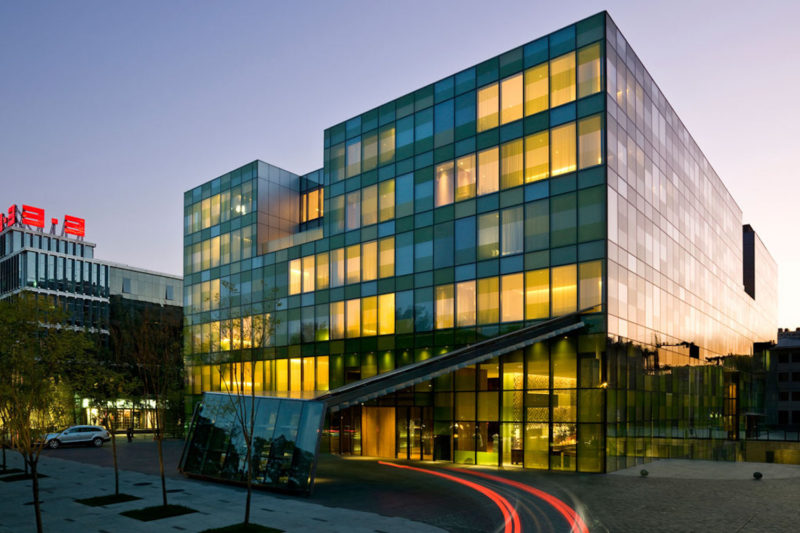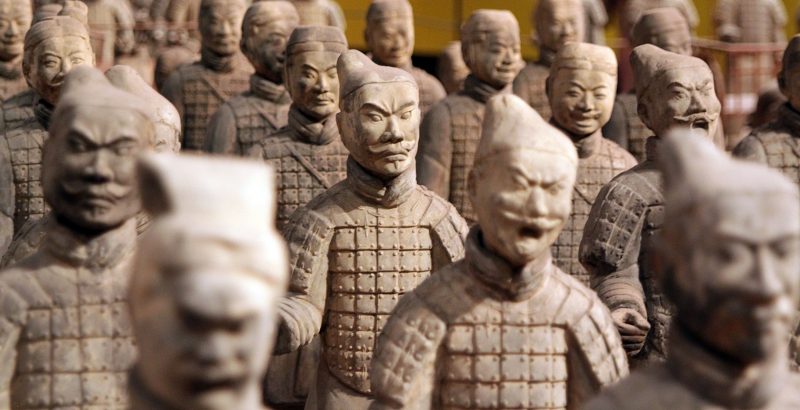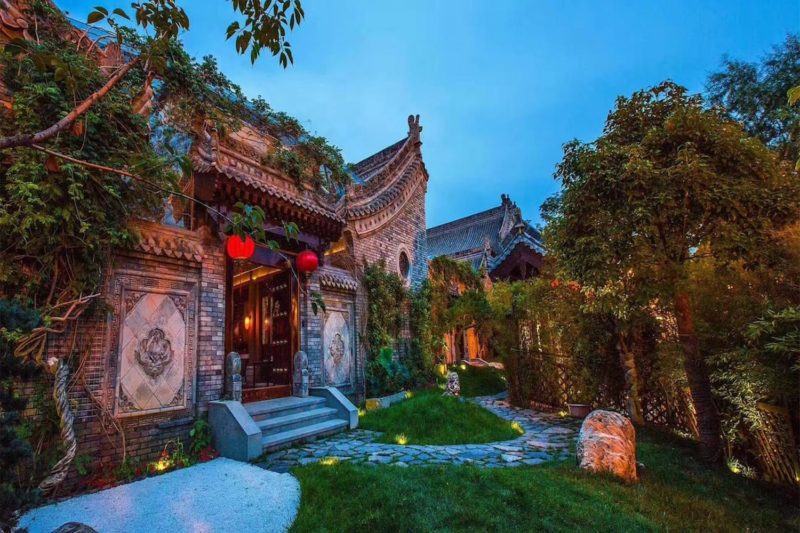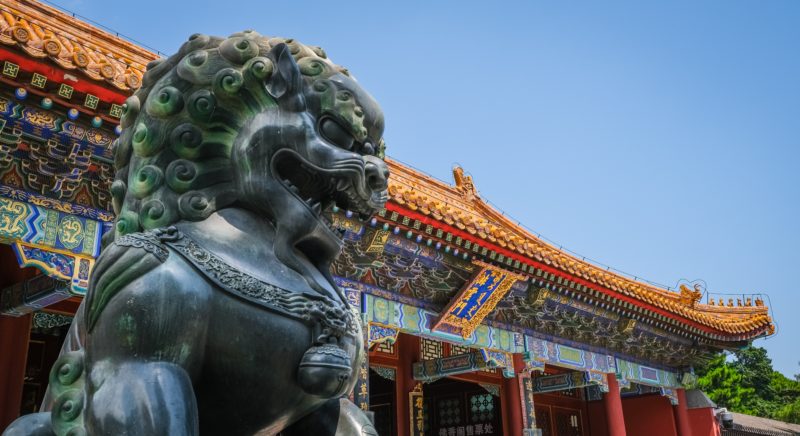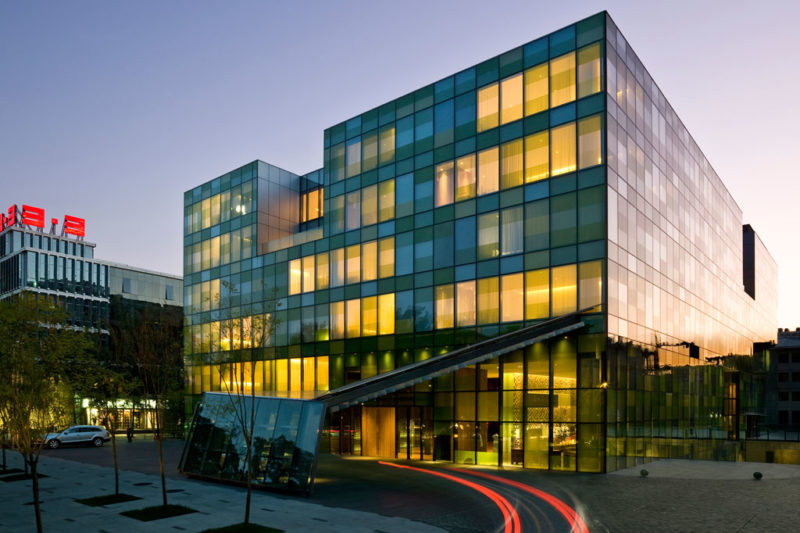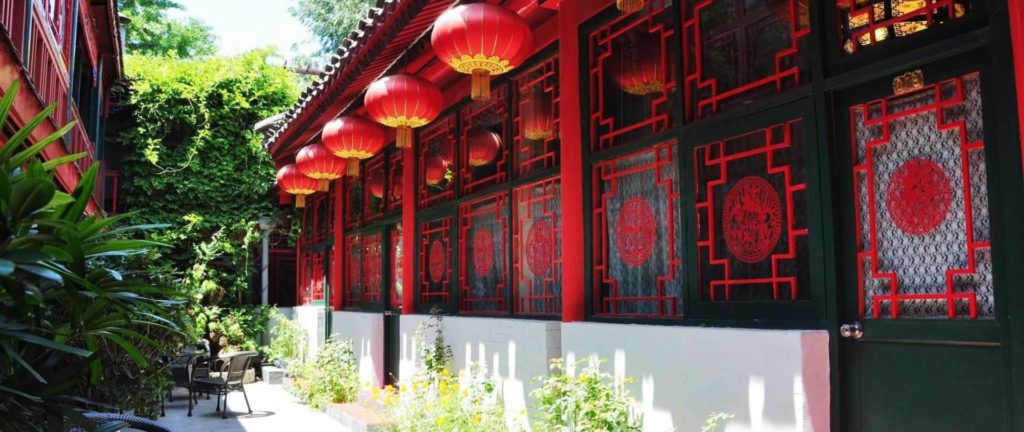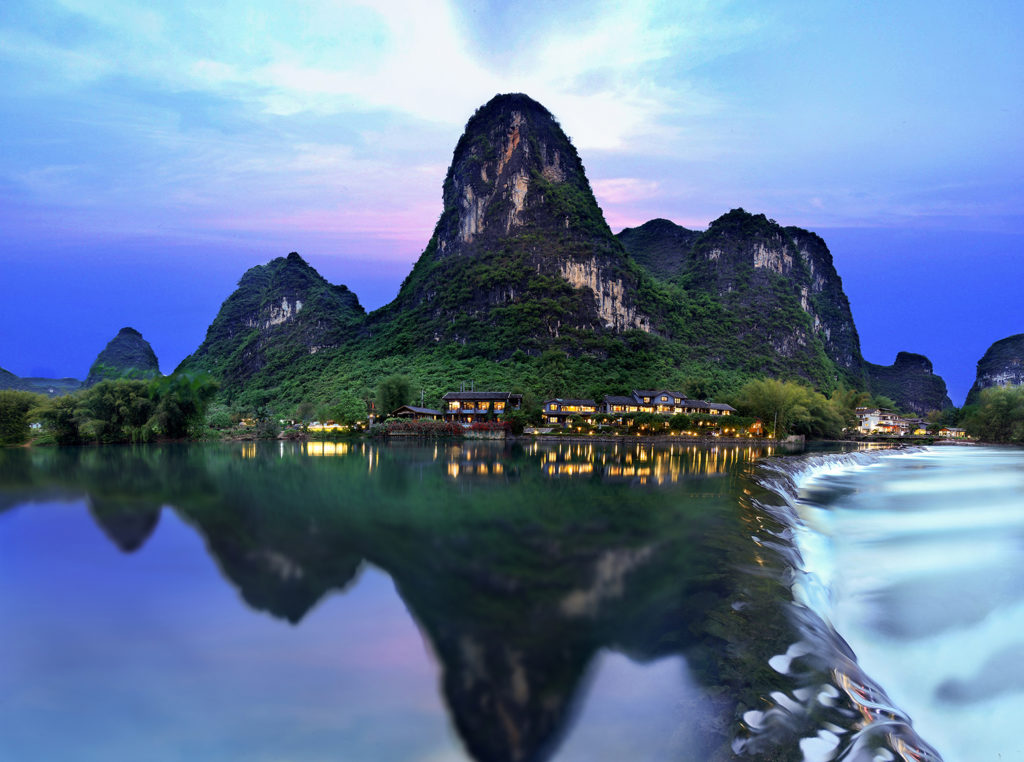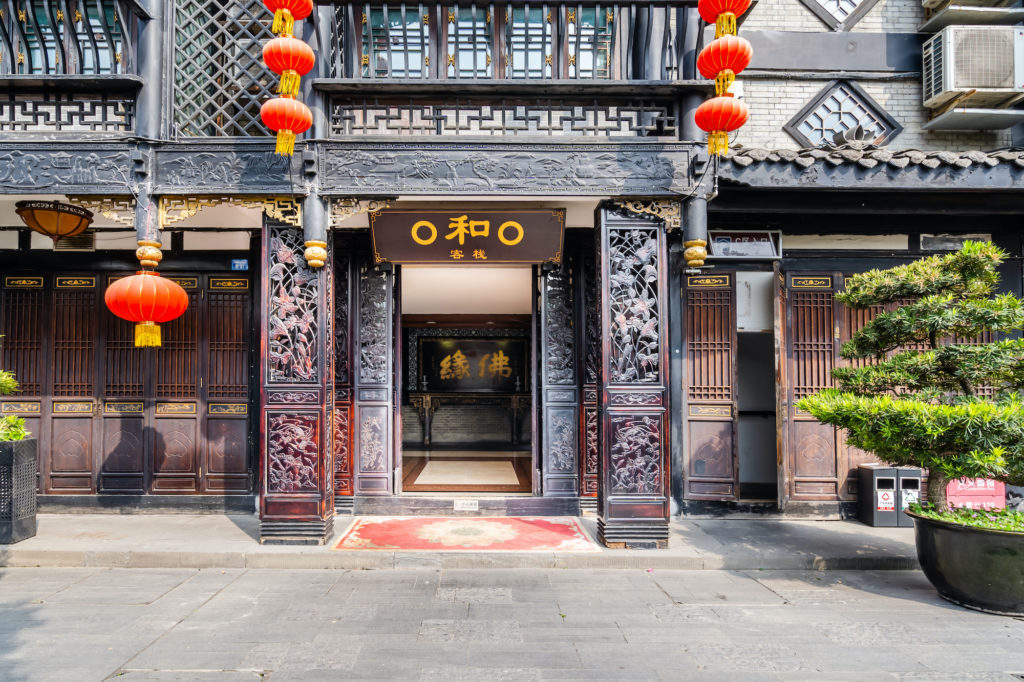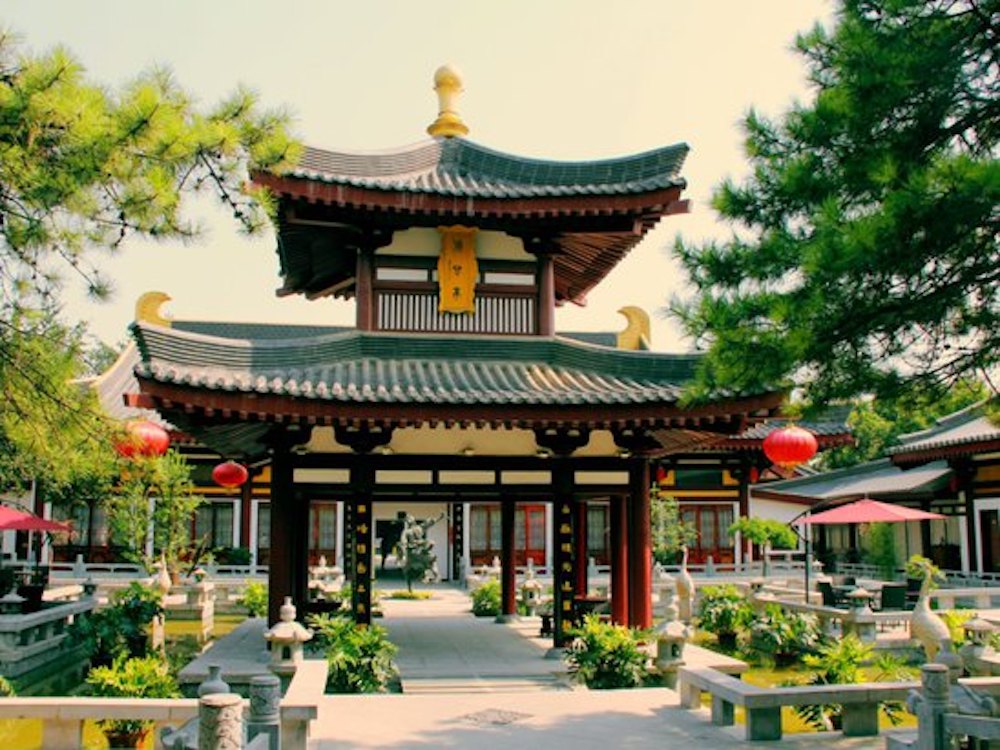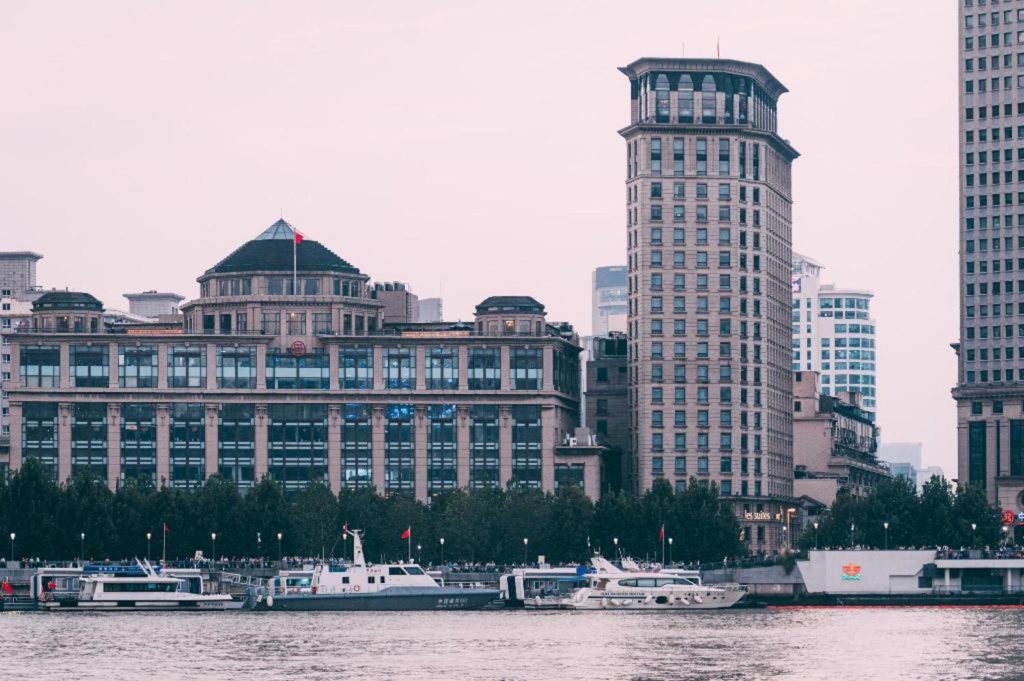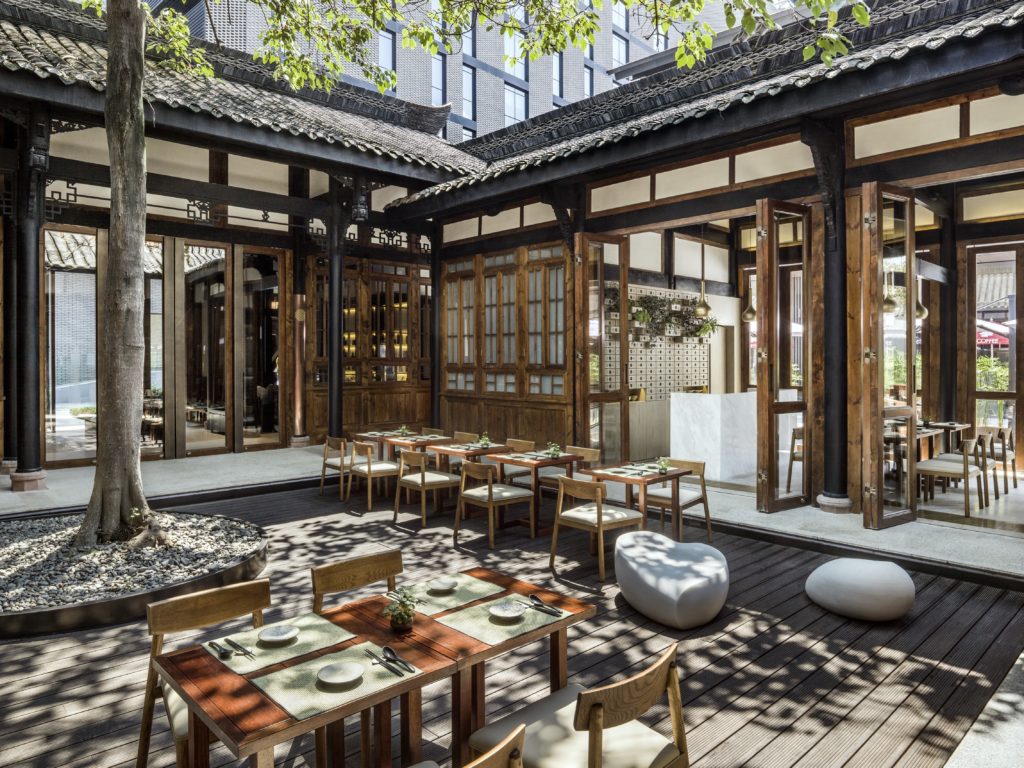Quick Facts
| Name | People’s Republic of China |
| Population | 1.37 billion |
| Capital | Beijing |
| Language | Standard Chinese |
| Currency | Renminbi (Yuan) (CNY) |
| Time Zone | CST (UTC +8) |
| Flag |
|
Climate
Due to the vast expanse of land that China covers both in terms of longitude and latitude, the climate varies greatly from place to place. Generally, the climate pattern in China is characterised by dry seasons and wet monsoons. The rainy seasons mainly span from May to september but this pattern is less consistent in the some areas such as the dry northwest.
The difference in season causes a pronounced disparity in temperatures between winter and summer. Whilst the summer offers warm temperatures almost everywhere, the winter can cause temperatures to drop significantly, especially in the northern areas of China.
The Monsoon
The southern provinces start to experience the monsoons first, starting in April and May. The winds start to blow north in June meaning that northern provinces receive the rains around July and August, and the rains start to come to an end in September and are generally completely over in October. The northwest of China is the only area that avoids the monsoon climate.
Culture
China is one of four great ancient civilizations with 3,600 years of written history, and its culture both past and present is incredibly profound. Whilst Chinese cultural identity has many common, unifying elements, it is a country that represents 56 ethnic minority groups, the largest of which is the Han Chinese (900 million people), with other groups including the Tibetans, Mongols, Naxi etc. The significance of this is that each group to an extent creates their own culture and so within the vast expanse of China, depending on where you are, cultural variety is plentiful and there to be explored!
The country is currently ruled by The Chinese Communist Party. It is officially atheist, but is slowly and surely becoming more tolerant towards the practice of religion. The five official religions in China are Buddhism, Taoism, Islam, Catholicism and Protestantism. Due to the fact that it is only in recent years that tolerance of religion has made any progress, the practice of other religions is not formally recognised, although are often tolerated especially in the case of ancient Chinese beliefs. Currently about a quarter of the population practice Taoism, Confucianism and other traditional religions.
Gastronomy
There are 8 different styles of traditional Chinese cuisine, and traditional food can be found everywhere in China. Other styles adopted into Chinese cuisine and that might be found in China include Singaporean, Malaysian, Indonesian, Indian and American cuisine.
The staple foods used in Chinese cooking include exactly what you would expect: rice, noodles, and vegetables with sauces and seasonings.
The attitude regarding food in China is generally “waste not, want not” meaning that it not just uses a wide variety of both plants and animals, but every part of these plants and animals are used in some way. For westerners this might mean that there are a few things on the menu that you may not be used to and might want to avoid.
Due to the scale of the country, it isn’t surprising that each area of China has a unique style of cooking and the ingredients very much depend on the natural agricultural produce of the specific region. For example the south of China uses far more rice than the north, where wheat is its main ingredient, a reason why noodles and dumplings are much more common. Southern food is also typically more spicy than that of the north.
Common Chinese dishes include: Sweet and Sour Pork, Gong Bao Chicken, Ma Po Tofu, Wontons, Dumplings, Chow Mein, Peking Roasted Duck and Spring Rolls
Transportation
Like its economy, China’s transportation network has rapidly expanded over recent years and now houses the longest road network in the world as well as the busiest train network
By Plane
Although the most expensive means of transportation, it is by far the most convenient and can save a lot of time travelling the longer distances across China.
The main ports of air travel are Beijing, Shanghai, Guangzhou and Hong Kong although all major cities within the country host domestic flights.
By Train
This is the primary mode of transportation in China and most major cities have their own metro systems. As well as its standard vast rail network, China boasts over 7000 km of high-speed rail.
By Bus
For local travel, buses are a very affordable way of getting around and a good alternative mode of transport where metro is not available.
By Taxi
Taxis are generally cheap and easy to find. Meters are generally used in towns and cities. If your driver does not want to use a meter, common for longer trips out of town, be sure to negotiate a price before the journey.
Other Alternatives
Motor pedicabs, pedicabs and motorbikes can all be found in China and are a cheap way of getting around. We recommend you set a price before using this form of transport.

